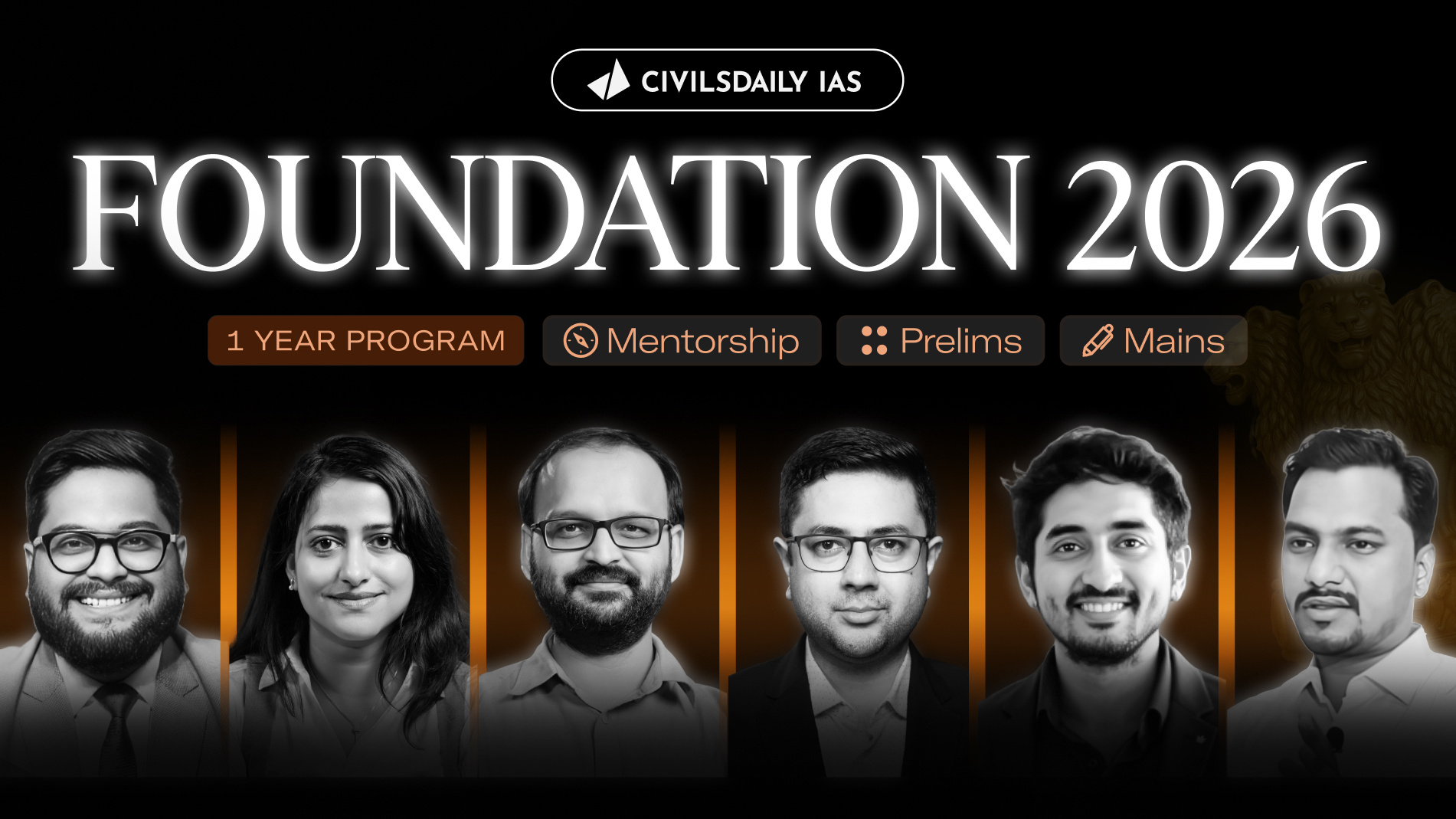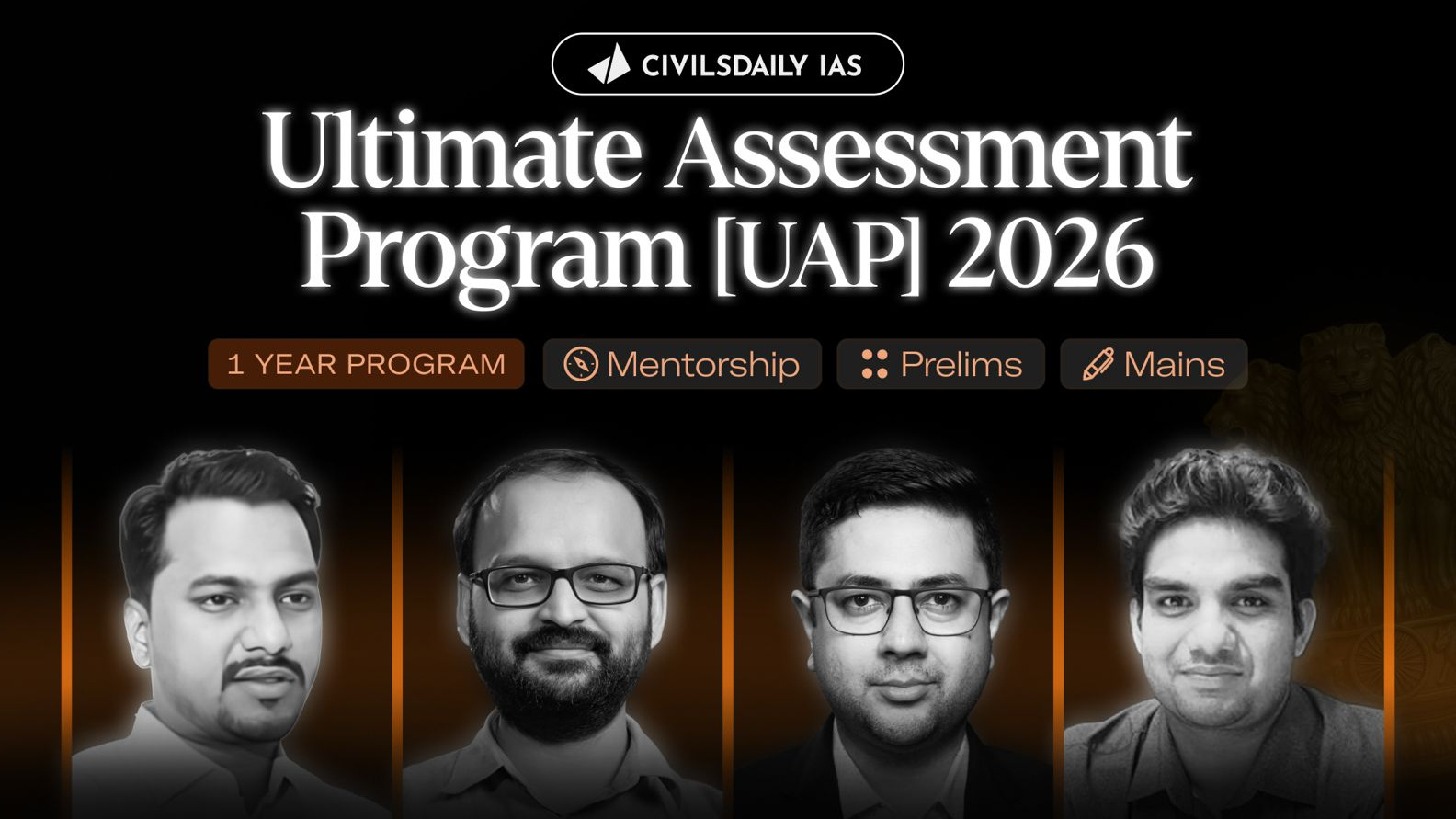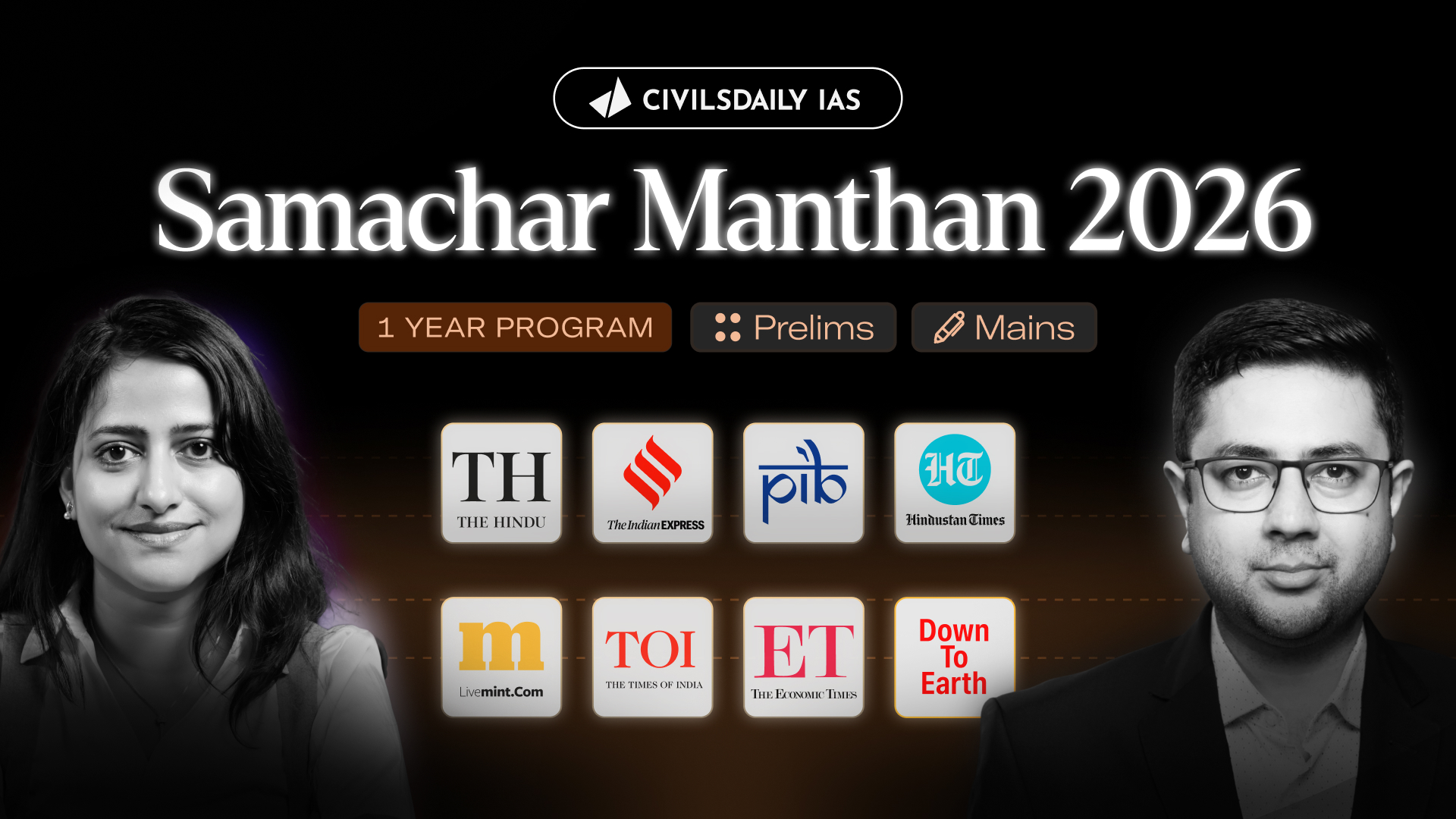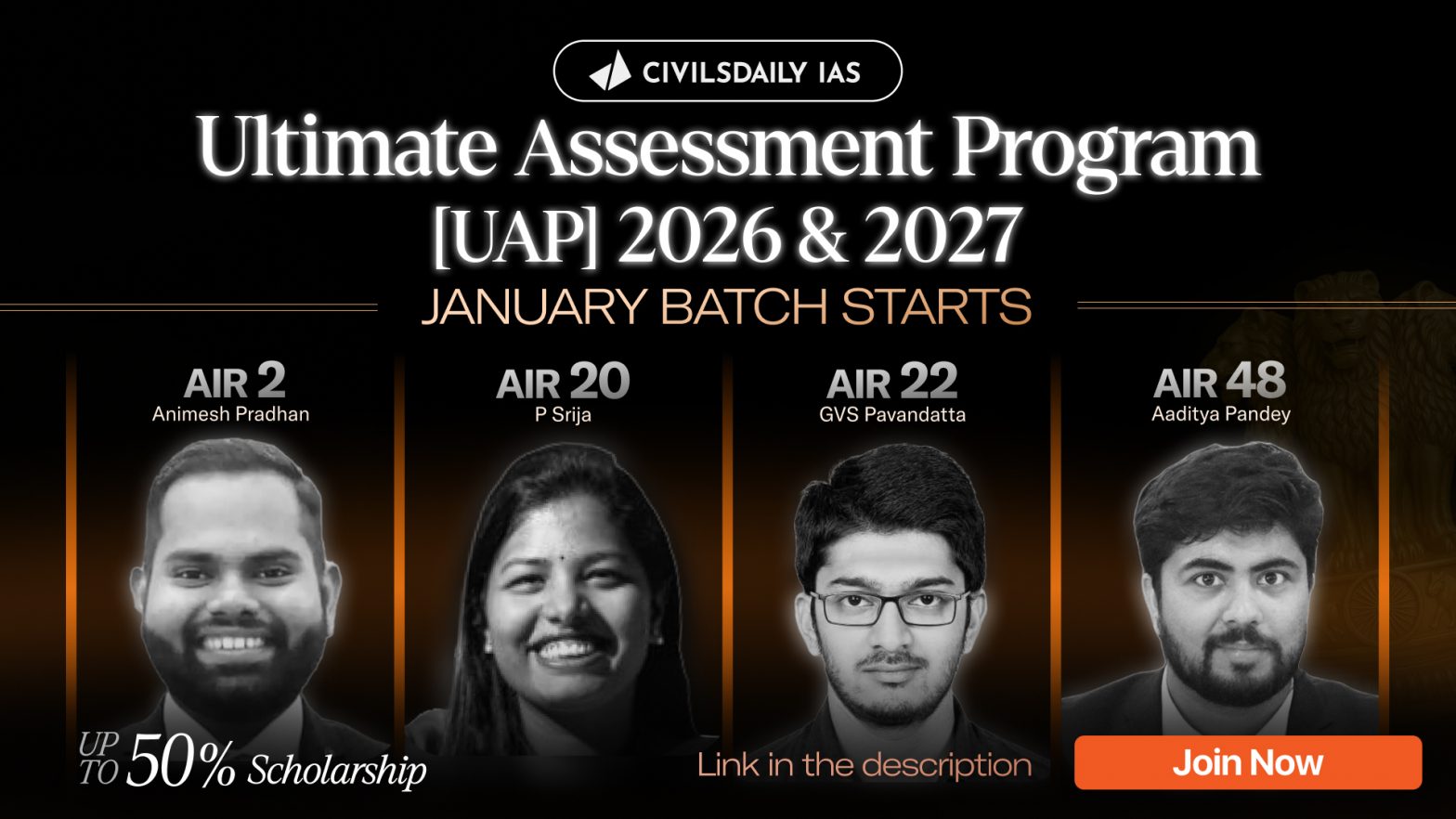





Burning IssuesInterview ProgramMotivation BytesPrelims DailyPrevious Year Question PaperProgram LaunchRanker WebinarsThe Hindu Op-edToppers TestimonialsUPSC Mains Topic-Wise PYQsUPSC PreparationUPSC SyllabusX Factor Notes
13th September
100 Most Probable Topics + Q&A for IAS Mains 2017
Dear students, One of the great advantages of having a tech platform which connects daily news and op-eds dynamically to its relevant newstrail is that over the time it helps us understand how a topic has evolved both qualitatively (facets of issues, complexity) and qualitatively (# of newscards, op-eds written and connected). With that objectivity in hand and… Continue reading 100 Most Probable Topics + Q&A for IAS Mains 2017
Monetary Policy Committee
Note4Students Recently the Government amended the RBI Act to hand over the job of monetary policy-making in India to a newly constituted Monetary Policy Committee (MPC). The new MPC is to be a six-member panel that is expected to bring “value and transparency” to rate-setting decisions. It has started to function recently. Background/ Introduction India’s… Continue reading Monetary Policy Committee
Abolition of FIPB
Note4Students Creating employment opportunities is a challenge for every reigning government. Indian has ranked 130th in 2017 Ease of Doing Business index.it is important to take necessary actions to transform India into a business friendly destination. This will attract more FDI and create more job opportunities. So abolition of FIPB deserves deeper analysis. Introduction The… Continue reading Abolition of FIPB
Demonetization: An analysis
Note4Students Demonetization was a bold step by the union government. It affected every walk of life. Demonetisation should be scrutinized to understand the impact. So understanding various macro-economic parameters pertain to demonetisation would help to realise the state of economy in general and goal achievements of demonetisation in particular. Introduction Every policy has a stated… Continue reading Demonetization: An analysis
UDAN scheme : Opportunities and Challenges
Note4Student: UDAN (‘Ude Desh ka Aam Naagrik’) is a first-of-its-kind scheme globally to stimulate regional connectivity through a market-based mechanism. It is also linked to UPSC mains Syllabus (Infrastructure). Every year UPSC is asking 1-2 questions on infrastructure related issues. Therefore, this scheme is important for the exam. Need for schemes like Udan: There are… Continue reading UDAN scheme : Opportunities and Challenges
Should Agriculture be taxed
Note4Students As the focus of the Government is on black money, looking at agriculture for enhanced tax collection appears a logical corollary. This issue is definitely politically sensitive with several vested interests involved. The Government has been bold enough to operate the National Agricultural Market which breaks the traditional stronghold. The next step would be… Continue reading Should Agriculture be taxed
Merger of Banks: Need & Challenges
Note4Students: The talk of bank mergers is thicker in the air now, than never before. Government has started with merger of SBI and its subsidiaries. This merger has initiated a debate with some economist calling it a landmark decision while others believe that it will make the financial system more risky. Context: Recently The boards… Continue reading Merger of Banks: Need & Challenges
Do India require High speed rail
Note4Students: High speed rail is one of the most ambitious project of the Modi Government. It is also related to Infrastructure topic in the GS paper 3 Context The government of India recently decided to build a high-speed rail (HSR) corridor between Mumbai and Ahmadabad at a cost of Rs 97,636 crore with Japanese financial… Continue reading Do India require High speed rail
All about Cashless Economy
Note4Students: Cashless Economy has been in news frequently since Government has taken number of initiatives in last few years to promote cashless transaction. This makes it a probable topic for mains 2017 Introduction India continues to be driven by the use of cash; less than 5% of all payments happen electronically however the finance minister,… Continue reading All about Cashless Economy
Air India disinvestment: Need & Challenges
Note4Students The Cabinet recently approved the disinvestment plan for Air India and its five subsidiaries. It is being seen as Government’s one of the boldest reform moves till date. The Government is hopeful that the decision will attract a positive response and will revive Air India. The carrier has already been surviving on a bailout… Continue reading Air India disinvestment: Need & Challenges
13 September 2017 | Prelims Daily with Previous Year Questions & Tikdams
Q.1) What is the relation between ‘Bitcoin’ and ‘Blockchain Technology’? 1. The blockchain is a public ledger that records bitcoin transactions 2. The blockchain is the only place that bitcoins can be said to exist in the form of unspent outputs of transactions. Select the correct option using the codes given below. a) Both are… Continue reading 13 September 2017 | Prelims Daily with Previous Year Questions & Tikdams
12th September
12 September 2017 | Prelims Daily with Previous Year Questions & Tikdams
Q.1) What is ‘Rakhine’, which is often seen in news these days? a) A programme for Women Security, under the Union Government. b) A Project under ‘Make in India’, to increase Private Sector involvement in the Defence Sector. c) A state in Myanmar d) None of the above Q.2) Consider the following statements regarding the… Continue reading 12 September 2017 | Prelims Daily with Previous Year Questions & Tikdams
11th September
Prelims 2017 Analysis + Directions for 2018- Workbook now available
In Prelims 2017, UPSC again showed that it has the power to spring a surprise, catching both students and market coaches unawares. 2017 tests the candidate’s ability not how much does he/she knows rather the manner in which the candidates know, the attitude with which one knows. This is also a move towards student orientation,… Continue reading Prelims 2017 Analysis + Directions for 2018- Workbook now available
11 September 2017 | Prelims Daily with Previous Year Questions & Tikdams
Q.1) Consider the following statements regarding the ‘Transforming our world: the 2030 Agenda for Sustainable Development’: 1. It is released as a result of Rio+20 Conference held in 2012. 2. It is a non-binding document. Which of the statements given above is/are correct? a) Both are correct b) 1 only c) 2 only d) Neither… Continue reading 11 September 2017 | Prelims Daily with Previous Year Questions & Tikdams
10th September
All you need to know about the UPSC CAPF Asst. Commandment Exams
What is the examination conducted for? For recruitment of Assistant Commandants (Group A) in the Central Armed Police Forces (CAPF) viz. Border Security Force (BSF), Central Reserve Police Force (CRPF), Central Industrial Security Force(CISF) and Sashastra Seema Bal (SSB). What is the time line of this examination? Applications are invited in April –May and the… Continue reading All you need to know about the UPSC CAPF Asst. Commandment Exams
10 Sep 2017 | Target Mains | 3rd Weekly Test
Attempt the questions individually by clicking on them. Q.1) What hurdles exist in making India a cashless economy? Discuss benefits of becoming a cashless economy and suggest how government can speed of this transformation. Source: https://www.civilsdaily.com/story/cashless-society/ Answer: A cashless economy is one in which all the transactions are done using cards or digital means. The circulation of… Continue reading 10 Sep 2017 | Target Mains | 3rd Weekly Test
10 Sep 2017 | Target Mains | Question 12
Q.12) A state was affected by an unprecedented flood which has caused wide spread damage to infrastructure and loss of private properties. Almost 10,000 (Ten thousand) people were washed away in the flood. After the flood, epidemic engulfed the state. The local people experienced the livelihood problems. State bureaucracy was badly demoralized due to apparent… Continue reading 10 Sep 2017 | Target Mains | Question 12
10 Sep 2017 | Target Mains | Question 10
Q.10) Judicial activism and judicial overreach are separated by very thin line, and the judiciary has to be careful of it. If that line is crossed, judicial activism may be considered an encroachment on legislature? Discuss. Source: http://www.hindustantimes.com/analysis/judicial-overreach-it-s-the-order-of-the-day/story-a24UnXJ2AST3aAxqnES39H.html http://www.thehindu.com/todays-paper/tp-opinion/Judicial-activism-romanticism-amp-overreach/article15177963.ece
10 Sep 2017 | Target Mains | Question 9
Q.9) The Union cabinet’s decision to merge-and-consolidate India’s public sector banks (PSUs) is in direct opposition to the post-2008-crisis consensus that big banks are a systemic risk to their national economies. In the light of the above statement discuss the pros and cons of merger of Banks in India? Source: https://thewire.in/173425/bank-mergers-risky-crisis-imf-india/ http://www.financialexpress.com/opinion/will-a-merger-of-banks-lead-to-too-big-to-fail/308004/
10 Sep 2017 | Target Mains | Question 8
Q.8) What do you understand by Fake news. Discuss its dangers in multi-cultural and democratic country like India. What needs to be done to prevent this phenomenon? Source: http://www.bbc.com/news/world-asia-india-40657074 http://www.firstpost.com/india/how-alt-news-is-trying-to-take-on-the-fake-news-ecosystem-in-india-3513879.html
Slide Anything shortcode error: A valid ID has not been provided






